Self-Reflection at Tokyo Photographic Art Museum

TOP Collection: Scrolling Through Heisei Part 3. Synchronicity, 3F exhibition room
Photography is now gaining attention again. With the development of cameras and mobile phones, digital images have infiltrated our lives over the past couple of decades. Moreover, film photography has become more popular among young people in recent years. Ways of making photos are changing with modern-day trends. I visited the Tokyo Photographic Art Museum (also known as Top Museum), which has walked hand in hand with the transitions of photography and moving pictures.
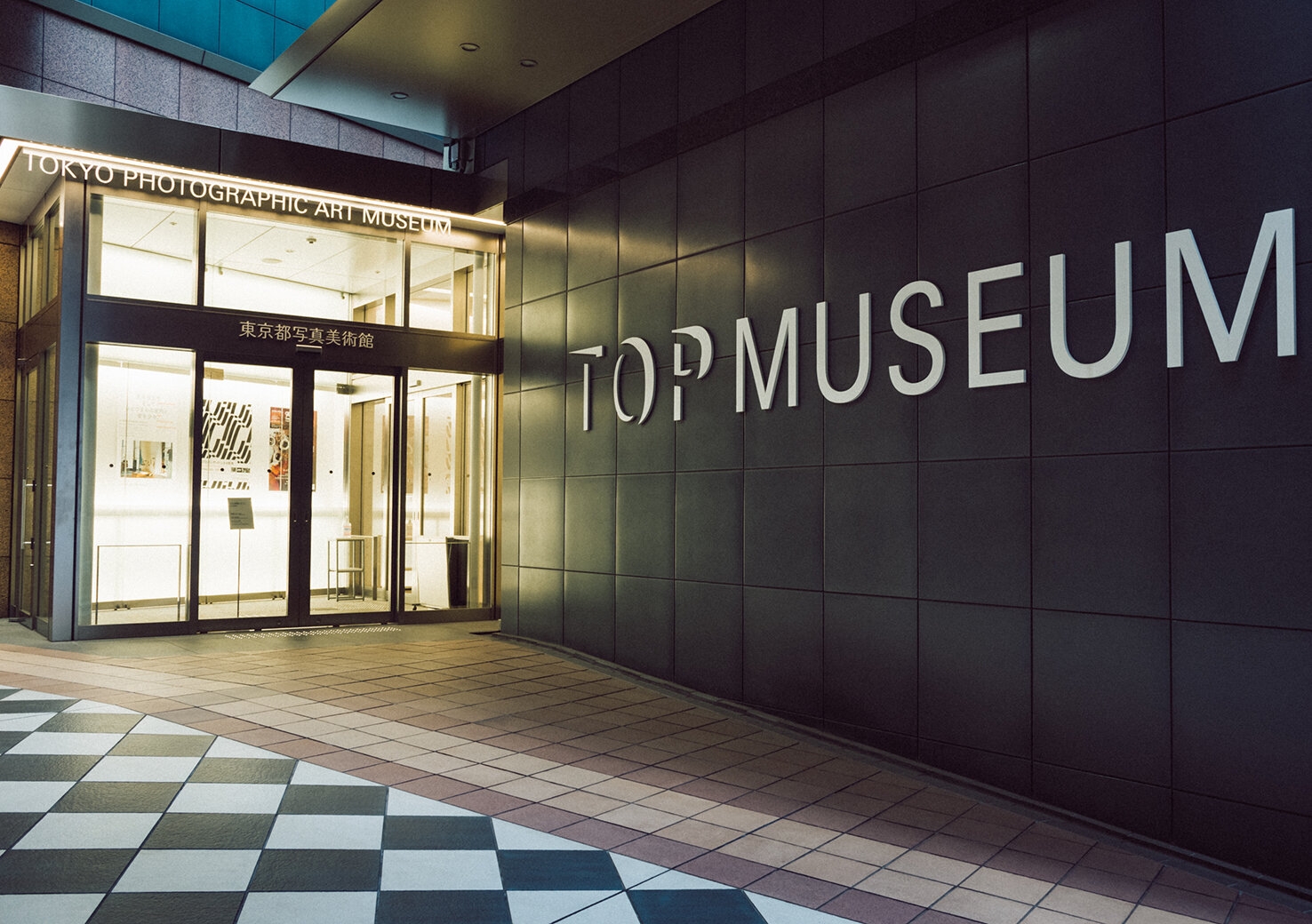
Tokyo Photographic Art Museum is the one and only comprehensive museum of photography and moving images in Japan. In 1995, it celebrated its grand opening at Yebisu Garden Place, which at the time drew attention as a new landmark of Tokyo. Since then, the museum has been collecting and introducing fine works from home and abroad, as well as carrying out educational activities through lectures and workshops. Its collection comprises some 34,000 items, including an unparalleled number of works by Japanese artists.

Three enormous images are displayed at the entrance: "My Wife in the Dunes III" by Shoji Ueda, "Omaha Beach" by Robert Capa, and "Kiss by the Hotel de Ville" by Robert Doisneau. I stood motionless, awe-inspired by these photos, which are twice my height.
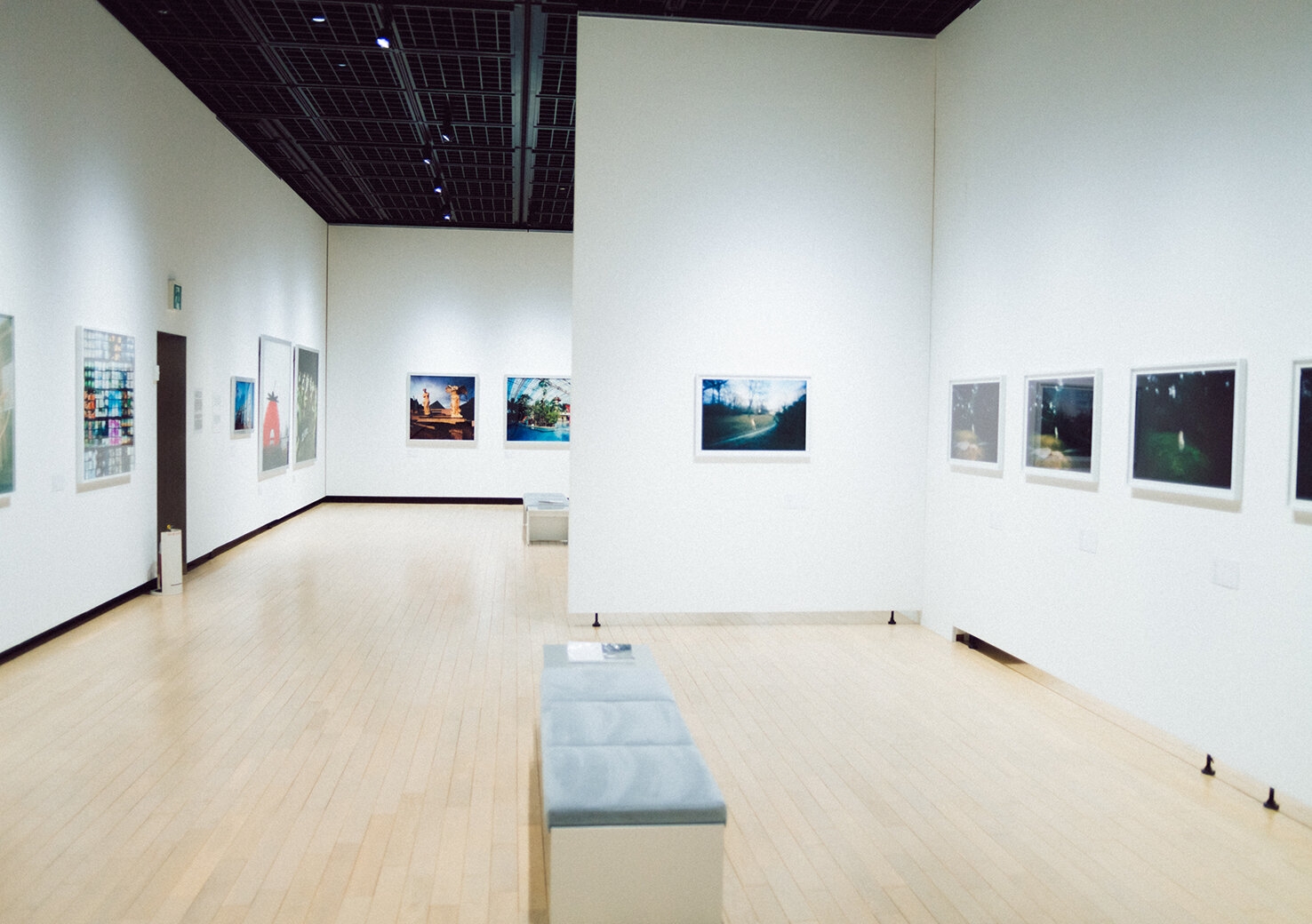
TOP Collection: Scrolling Through Heisei Part 3. Synchronicity, 3F exhibition room
Three exhibitions are held at the museum at a time, with more than twenty held yearly. However, none of the exhibitions are permanent because of a number of factors, including the need to protect photographic works from light. TOP Collection is a year-long feature exhibition in a three-part series, with a single theme. The accumulated masterpieces, curated through an original perspective, not only convey the quality of each piece, but also the message of the exhibition as a whole.

TOP Collection: Scrolling Through Heisei Part 3. Synchronicity, 3F exhibition room
An autumn feature exhibition called "TOP Collection: Scrolling Through Heisei Part 3. Synchronicity" was held on the day I visited. Its theme was Japan's Heisei Period, which dates from 1989 to the present day. Once I entered the exhibition gallery, the unique layout of the collection created an extraordinary atmosphere that drew me into each artistic piece.
Synchronicity was the keyword of the exhibition, which spotlighted artists of the Heisei Period and their expressions of reality, as well as the way they resonate with each other. From works made using film to those made using digital technology, I saw the diversity of contemporary expression. Each piece evoked an emotion that overlapped with those evoked by other works. By the time I arrived at the exit, I felt as though I had absorbed some kind of message from the Heisei Period.
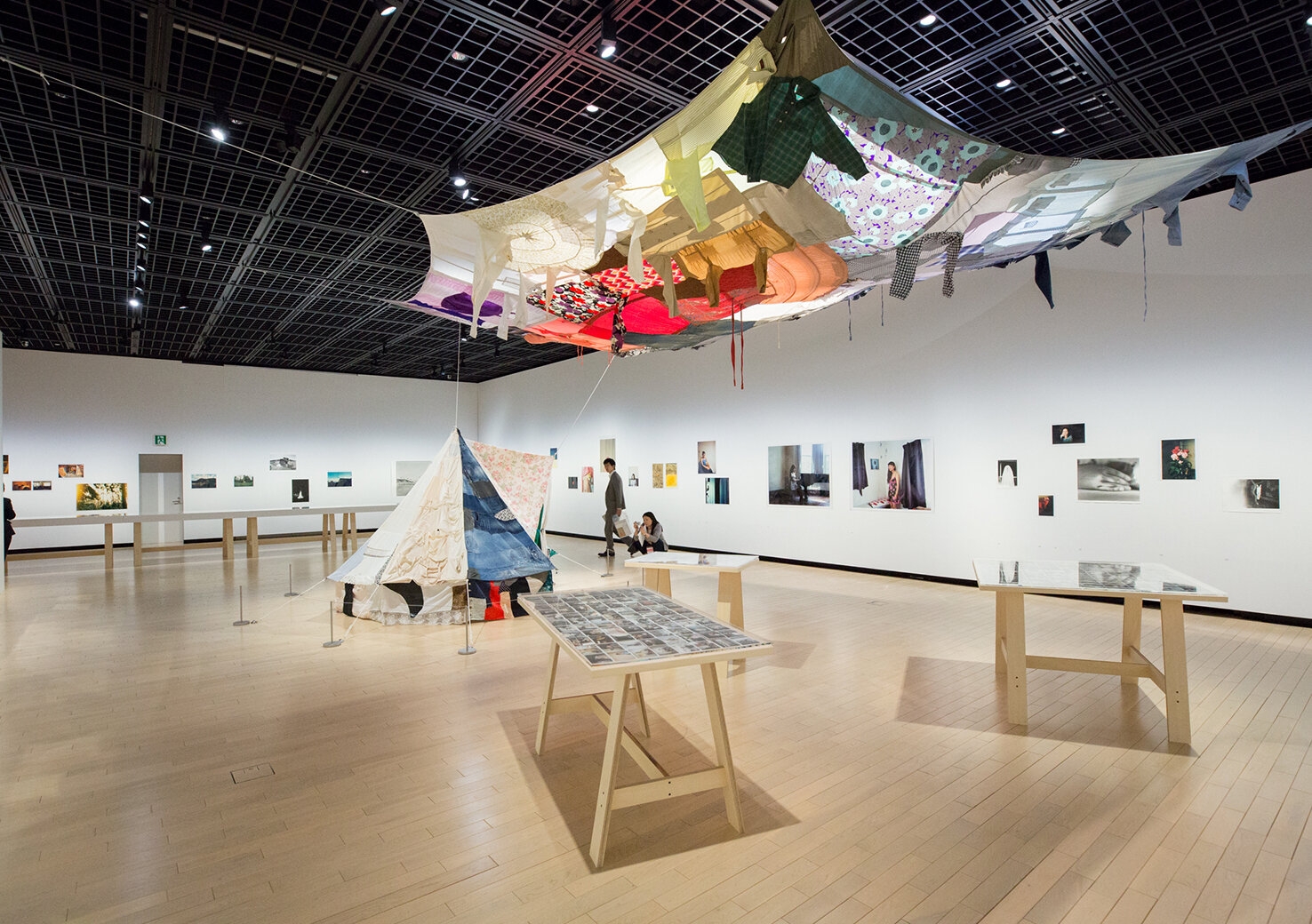
Yurie Nagashima exhibition, 2F exhibition room
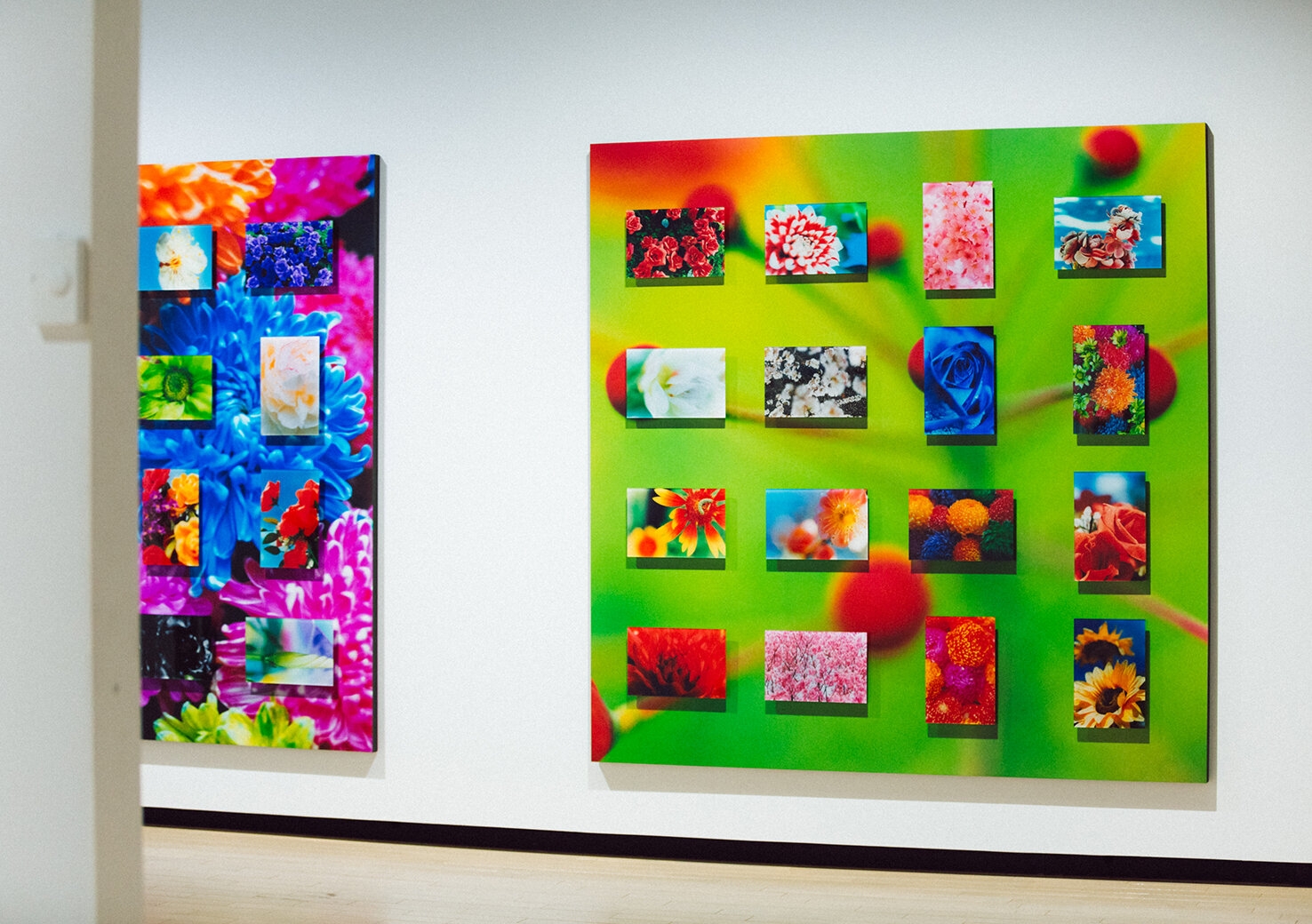
TOP Collection: Scrolling Through Heisei Part 3. Synchronicity, 3F exhibition room
The museum's visitor demographics vary according to the exhibition on display, but this exhibition attracted mostly the younger generation. Most visitors were in their twenties and thirties and included aspiring young artists, beginner and hobbyist photographers and budding professionals from various industries keen to heighten their sensitivity to art. As works of Japanese artists are well-received overseas, an increasing number of international visitors are also visiting the museum in small groups. Some overseas tourists even go to the museum every day during their stay.
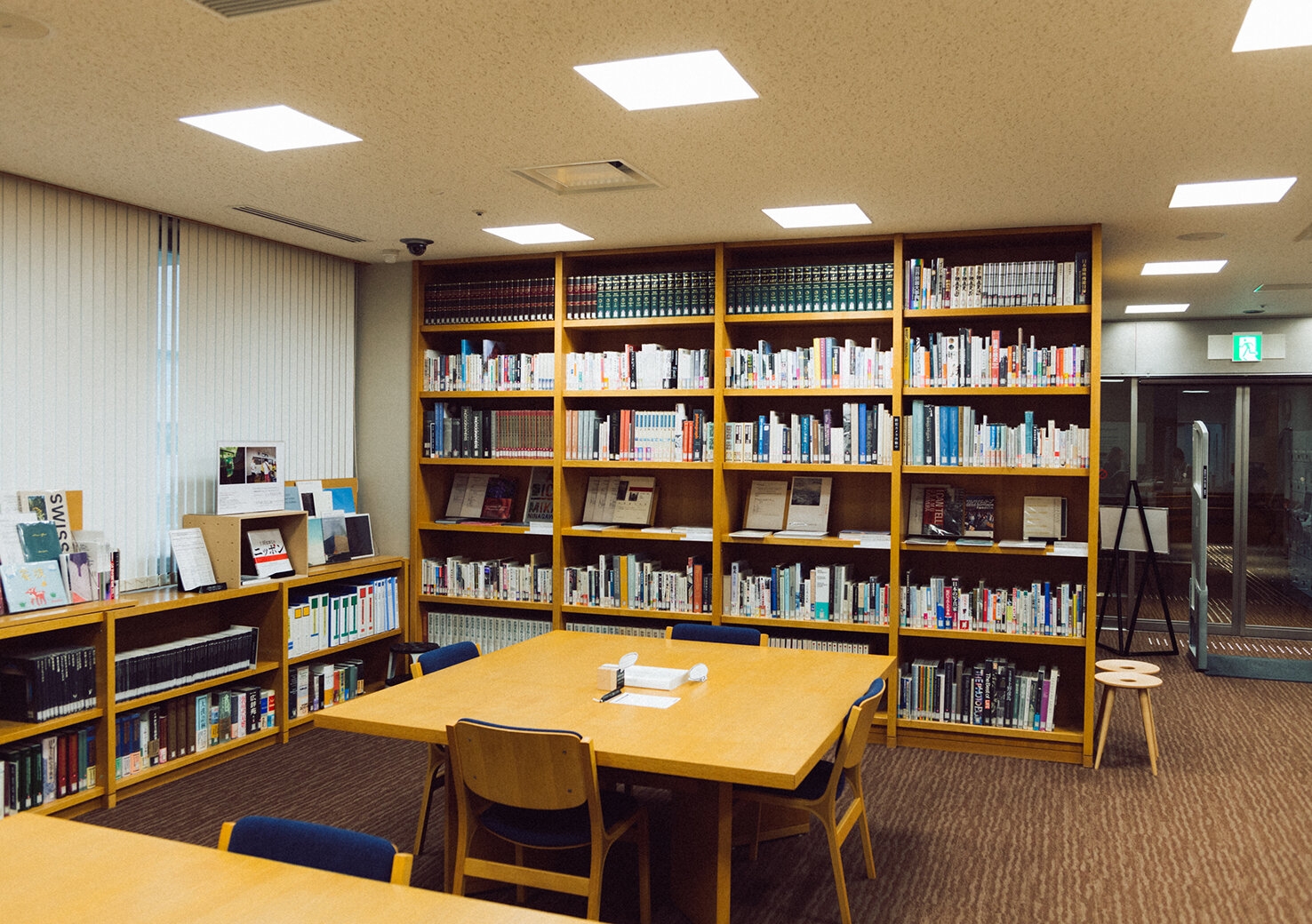
4F library
A trip to the museum is not complete without a visit to the library on the fourth floor, where a hundred thousand books and technical magazines related to photography and videos are stored. The books displayed in the reading room are merely a small portion of the collection; most of the books are in the closed stacks. You can flip through pages of rare photobooks that are hard to find elsewhere.
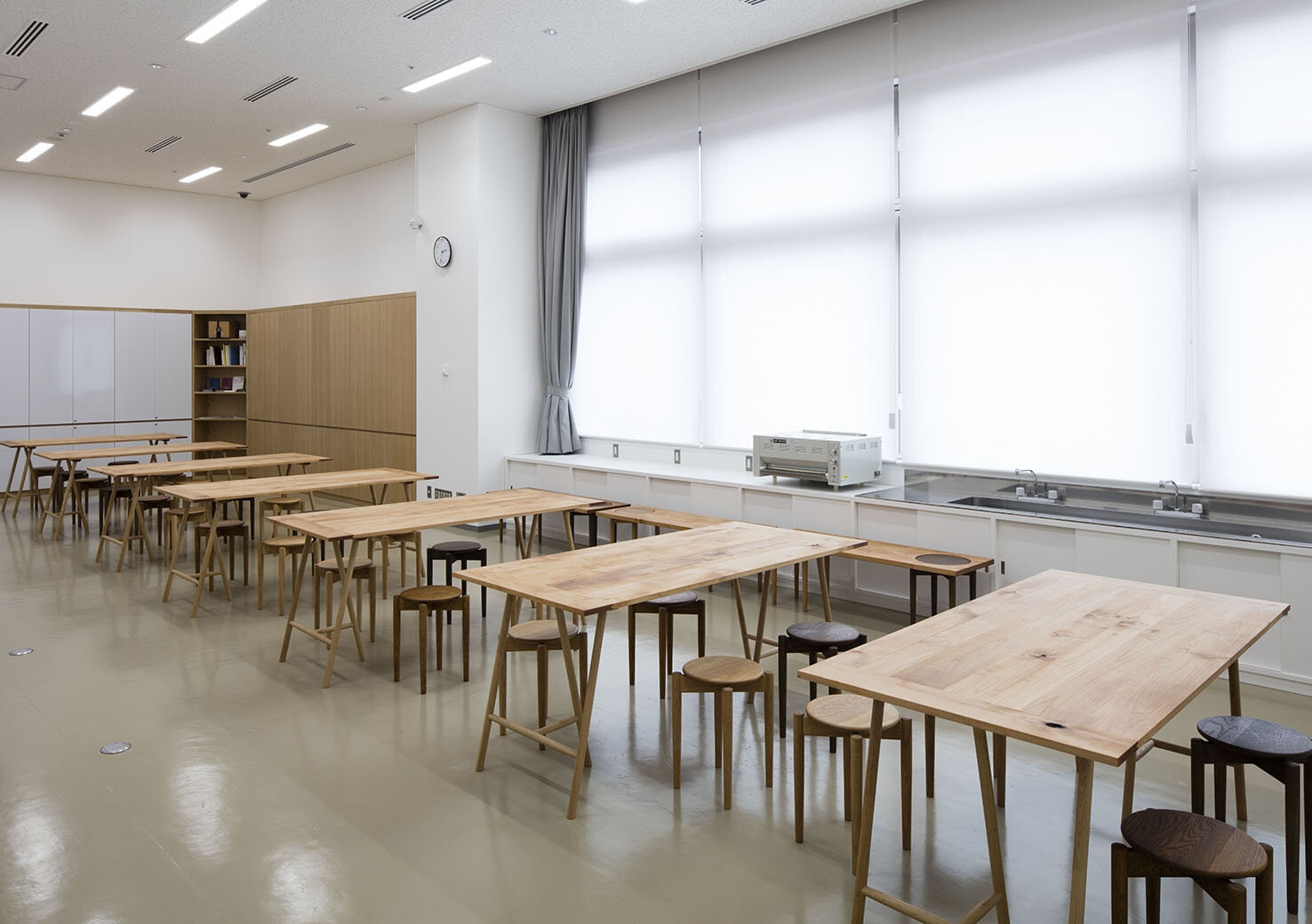
1F studio
To learn more about the exhibited pieces, check out the special section dedicated to each exhibition. Librarians can recommend works that are similar to your artistic preferences. There is a dark room in a studio on the first floor, where workshops to develop monochrome analog photos are held. Children become delighted the moment they see the images appear on paper.
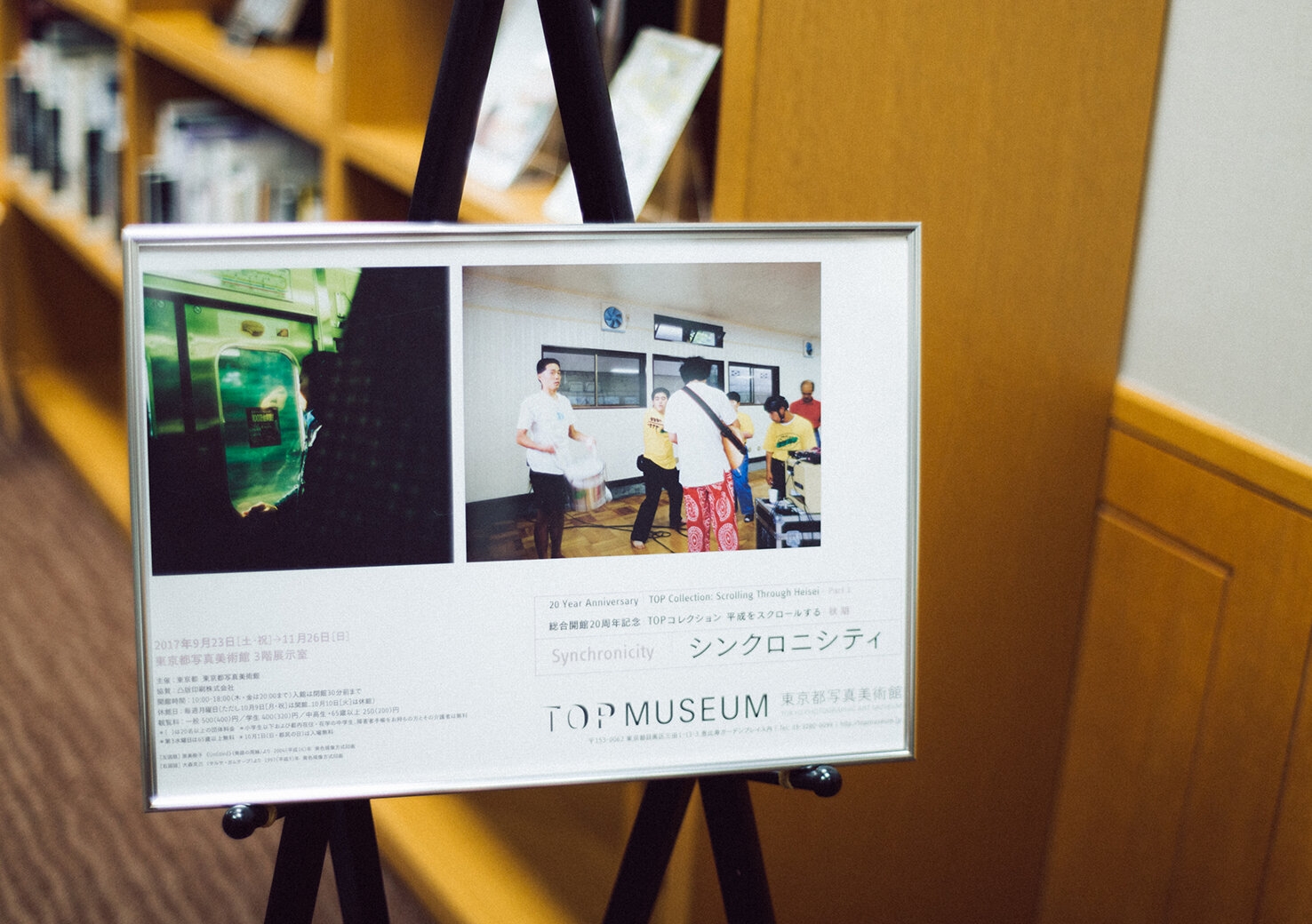
It is said that an elderly man was brought to tears by the museum's 20th anniversary exhibition of its grand opening, entitled "Nobuyoshi Araki: Sentimental Journey 1971-2017." Because photos capture real life moments, perhaps it is easier to connect with them than with a painting or sculpture. Memories are recalled when looking at a picture that expresses the photographer's thoughts and background. My visit to the Tokyo Photographic Art Museum was time spent on self-reflection while appreciating the artworks.
Tokyo Photographic Art Museum
Address: Yebisu Garden Place, 1-13-3 Mita, Meguro-ku
A 7-minute walk from the east exit of JR Ebisu Station, or a 10-minute walk from Ebisu Station on Tokyo Metro Hibiya Line.
Tel: 03-3280-0099
Open: 10:00ー18:00 (until 20:00 on Thursdays and Fridays)
Last entry is 30 minutes before closing.
New Year hours: 11amー6pm on January 1ー3, 2018\
Closed: Mondays (closed on Tuesday if Monday is a holiday), and between December 29, 2017 and January 1, 2018
Admission fee: Varies
https://topmuseum.jp/e/contents/pages/guide_index.html
*This article was posted on the Life in Tokyo website operated by the Tokyo International Communication Committee on November 27, 2017.
